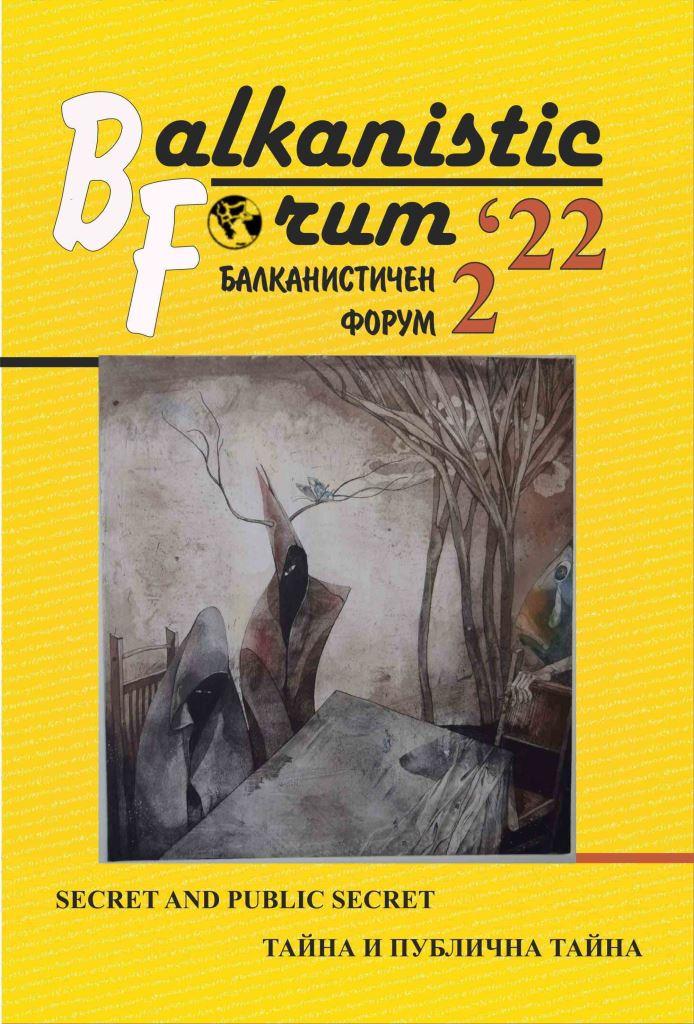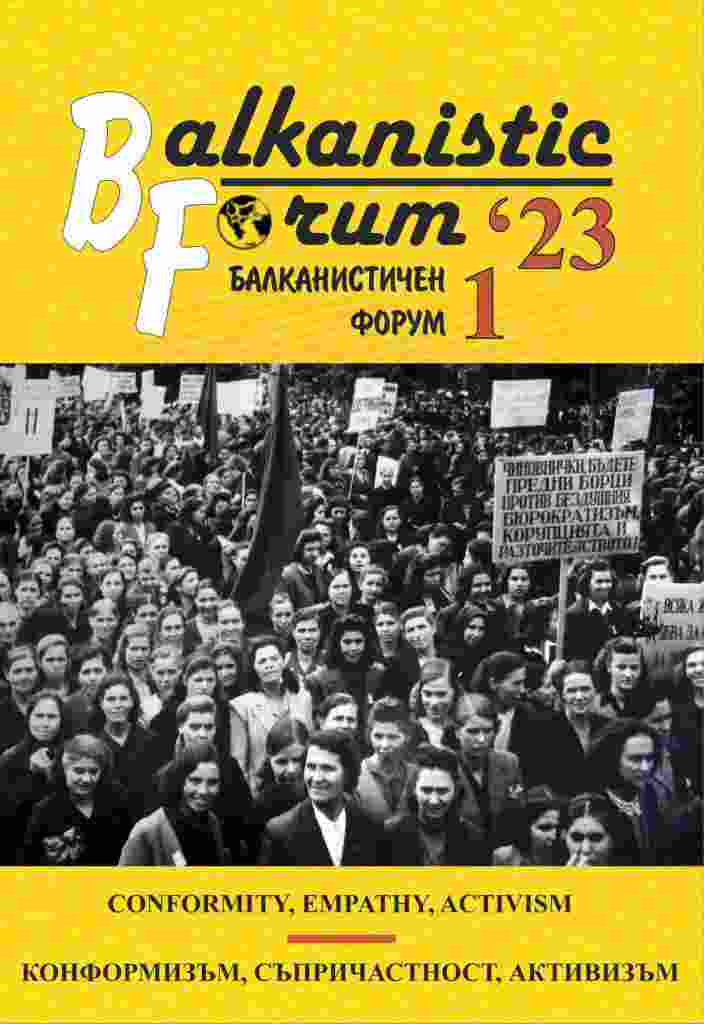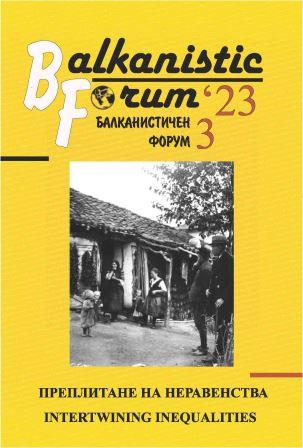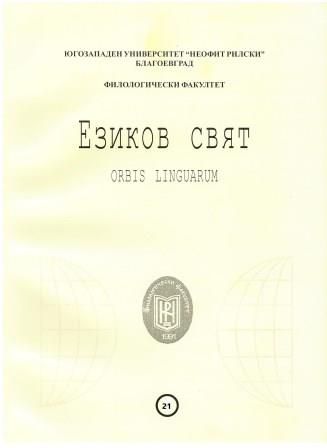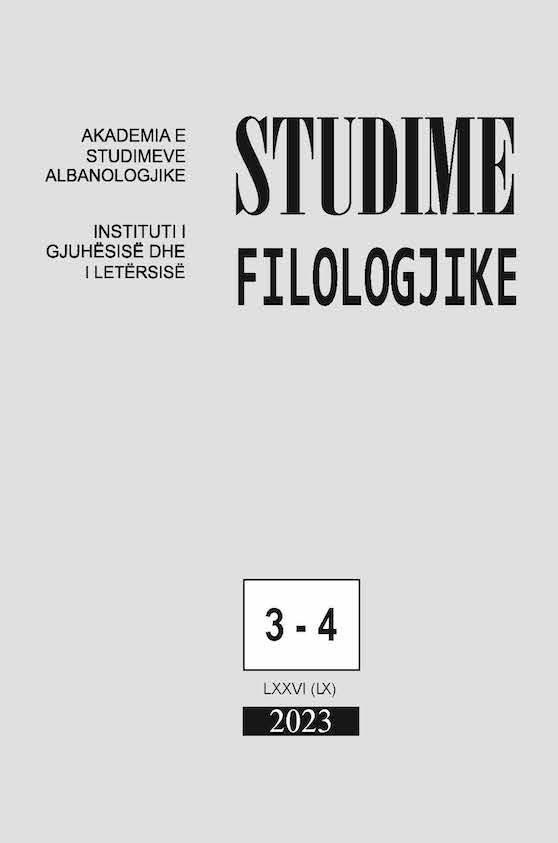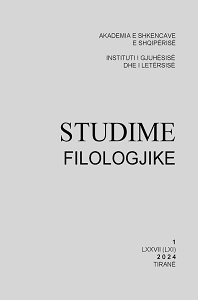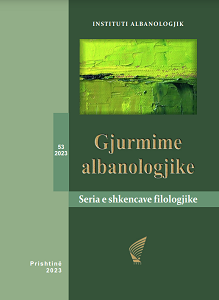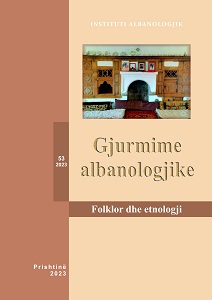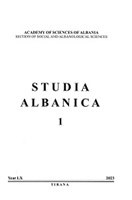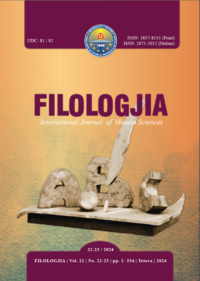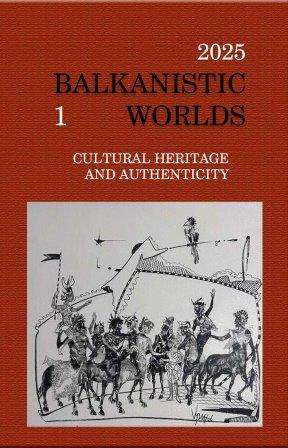Author(s): Emil Lafe / Language(s): Albanian
Issue: 03-04/2023
Standard Albanian (SAL) has been defined as a literary koinè sui generis (A. Kostallari). Certainly, every literary form defined as koinè has specific characteristics resulting from the material, the period and the circumstances of its origin, and therefore the epithet sui generis is automatically implied. The formation of the SAL has been a process in which historical, confessional, cultural, i.e. extra-linguistic, as well as linguistic circumstances have had a decisive influence. First, the relatively young literary tradition of the Albanian language (the first two books date back to the 16th century) was almost lost in the difficult circumstances of the Ottoman period and mass Islamisation (18th century); with the Albanian National Awakening (Rilindja Kombëtare Shqiptare) in the 19th century, it was necessary to start from scratch in some areas. Secondly, the Albanians, one of the oldest peoples in the Balkans, only managed to have their own state, functioning in the Albanian language, at the end of 1912. For this reason, and because the Ottoman Empire did not allow education and publications in the Albanian language in the four Albanian-populated vilayets of Rumelia, the centres of Albanian language cultivation and publications were located outside the territory of these vilayets, mainly in the colonies of Albanian emigrants (Istanbul, Romania, Bulgaria, Egypt, USA, etc.). Thirdly, given that the Albanians have three main religious confessions (Muslim, Orthodox, Catholic), religious activity and publications in this sphere could not play the role that they had in other peoples for the formation and diffusion of their literary languages; here we must also bear in mind the fact that written Albanian entered into the publications and practice of the Islamic religion with a great delay (about 65-70% of the Albanian population Fourthly, the cultural situation in the Albanian areas was characterised by mass illiteracy (even 15 years after the proclamation of independence, in 1927, when Albania had a population of 830,000, only 63,000 had some form of education); moreover, there were very marked disparities between the various regions in terms of cultural and educational development (78% of the educated people came from the regions of southern Albania), and consequently the various Albanian regions were very unequally represented in literary life and in publications. In the northeastern and eastern regions, which were incorporated into the Yugoslav kingdom after 1918, Albanians had no schools in their mother tongue and were therefore unable to participate in the literary movement. Fifthly, during the Ottoman period (16th-19th centuries), the internal development of the Albanian language followed different trends: the northern varieties (Gheg) underwent a series of innovations, while the southern varieties (Tosk) were more conservative and generally preserved the linguistic state of the pre-Ottoman period. This state of the two main dialects was also reflected in the language of the Albanian Awakening (Rilindja), which was mainly based on the spoken Albanian of the time. As a result, two main varieties of literary Albanian developed: the literary variety of the north (literary Gheg) with two sub-varieties: the first (the most complex) was based on the northwestern dialects (also known as literary Scutarine), and the second was based on the dialects of the southern Gheg (also known as literary Elbasan and represented mainly by the translations of K. Kristoforidhi): The New Testament and parts of the Old Testament). Alongside these varieties, the so-called Tosk literary koinè (or literary Tosk) developed. The birth of this Tosk koinè is motivated by three circumstances: On the one hand, the dialectal landscape of the Tosk variety (southern Albania) is much softer than the dialectal landscape of the Gheg variety, and on this basis the popular poetry of the south had reached a kind of koinè that provided material for the writers and poets of the 19th century, who relied heavily on folklore; On the other hand, the varieties of labërishte and çamërishte (subdialects of Tosk with some specific peculiarities) were almost no longer used in written Albanian from the second half of the 19th century (the writers of these regions used the Tosk koinè). Under these circumstances, from the 1880s onwards, various ideas emerged on how to create a national literary language for all Albanians. In addition to the promotion of one of the above-mentioned varieties to the status of a common literary language, there were attempts to experiment with a mixture of Gheg-Tosk dialect forms in the written language, in order to create a variety that could be understood by everyone. Another unsuccessful compromise idea was the creation of a new literary standard based on the varieties of Central Albanian, which included phonetic and morphological elements of Gheg and Tosk. In the inter-war Albanian state, all three of these varieties continued to be used, although a linguistic commission meeting in Scutari between 1916 and 1918 had directed the development of the literary language towards the southern Gheg variety (the Elbasan literary variety). This variety was adopted by the Albanian government in 1923 as the compulsory bureaucratic variety for administration (but not for school texts, literary production, publications, translations, etc.). The creation of the common national literary Albanian (SAL) will come after the Second World War, i.e. in the period of the socialist system. A number of factors contributed to this, mainly cultural and educational. The current standard Albanian is an organic development of the Tosk koinè, which, especially in the years 1950-1970, absorbed important hetero-dialectal elements, transforming itself from a koinè within the Tosk into a koinè with elements also of Gheg origin. Through a process of selection in linguistic practice, the current form of literary Albanian and its norm were already crystallised in principle, and sanctioned at the Orthography Congress (1972). Albanians from the former Yugoslavia were also represented at this congress, having voluntarily accepted the "literary language of the motherland" since 1968, in accordance with the principle they themselves proclaimed: "One nation - one national literary language". In this solution, the political factor influenced as a factor of cultural order, that is, the development of the linguistic system based on the educational-cultural situation of the population and the rich tradition of cultivating the Tosk variety during and after the National Awakening, was supported. The case of SAL belongs to the type of solution based on the combination of the internal linguistic factor (the greater uniformity of the dialect base) with the cultural factor (the greater number of participants and the more profitable tradition of cultivation on the dialect base, supported by the state factor).
More...
